
For many travelers, Australia is without a doubt one of the most popular destinations. The country has everything for travelers to make a perfect holiday. It's a heaven for foodies who love to try different cuisines and are especially appealing to those looking for adventure.
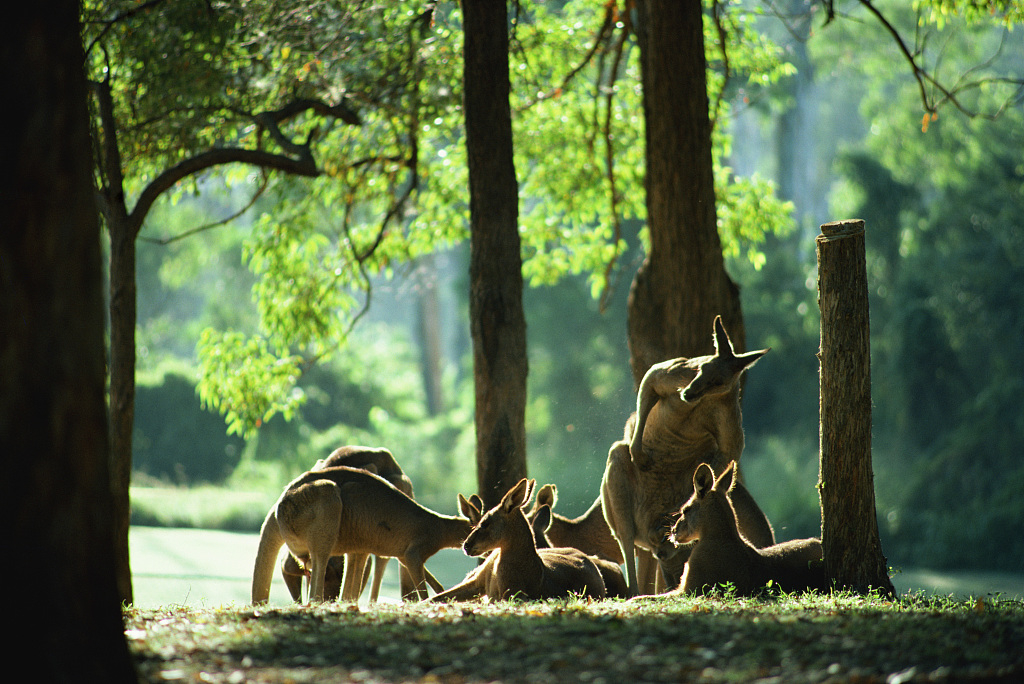
Australia is home to many endemic animals. /VCG Photo
Australia has long been known for its wild nature beauty. You can see the Southern Lights (Aurora Australis) illuminate the night sky with beautiful colors in Tasmania, dive with whale sharks at Ningaloo Reef and see groups of kangaroos roam in the wild.
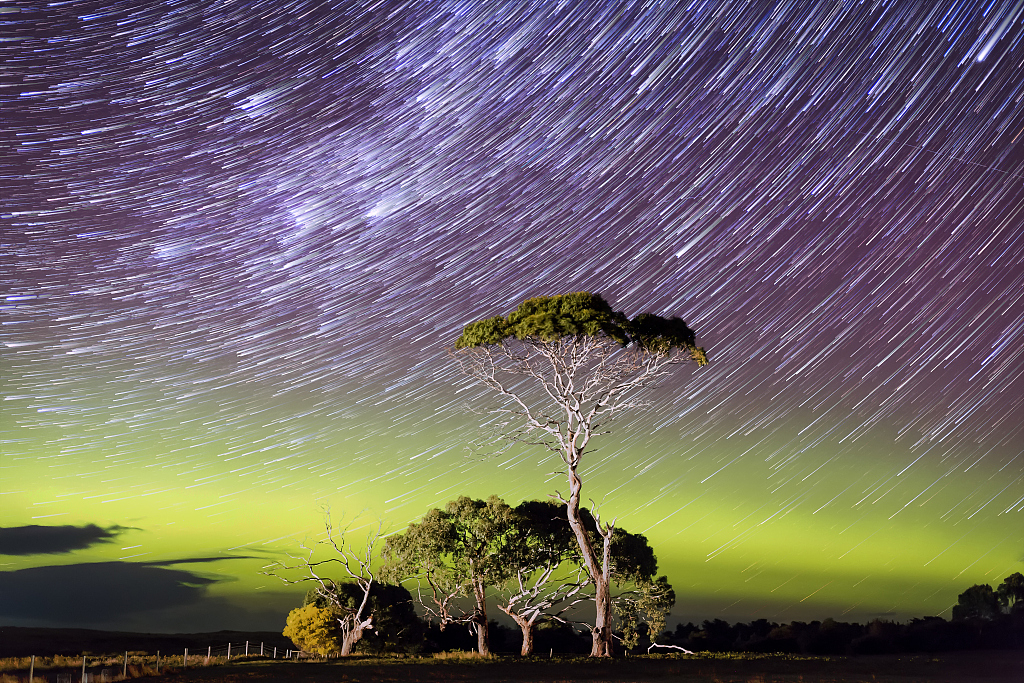
Southern Lights in Tasmania, Australia. /VCG Photo
Due to Australia's geographic isolation, the country houses many rare plants. It is home to more than 30,000 plant species. In this article, we introduce three lovely native plants of Australia.
Golden wattle
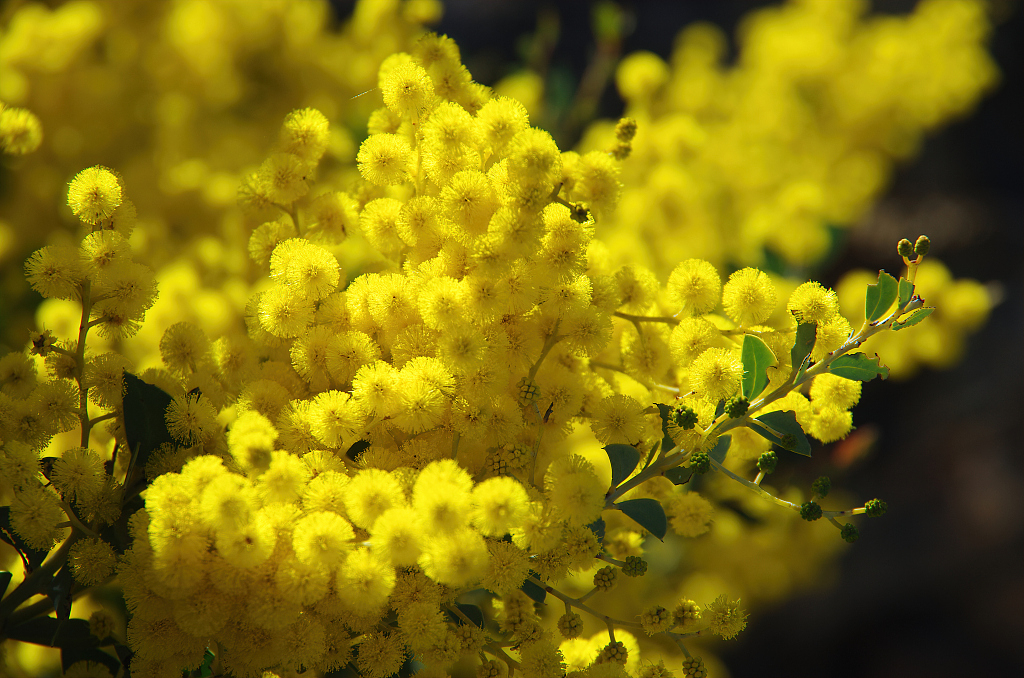
Golden wattle. /VCG Photo
Golden wattle was proclaimed Australia's national flower in 1988, and September 1 is the country's National Wattle Day. The flower grows in many parts of the country and can withstand Australia's droughts and bushfires, hence it's considered a perfect symbol of the Aussie spirit.

Australian fans show their support in Melbourne Arena during day two of the 2019 Australian Open at Melbourne Park on January 15, 2019 in Melbourne, Australia. The hues of golden wattle are also Australia's national colors. /VCG Photo
If you like sports, you might have noticed the green and gold on the uniforms of Australian sporting teams. The hues of golden wattle are also Australia's national colors. In addition, the golden wattle is also used on Australia's medals and awards including the National Emergency Medal and the Order of Australia medal which is the highest honor an Australian civilian can achieve.
Sturt's desert rose
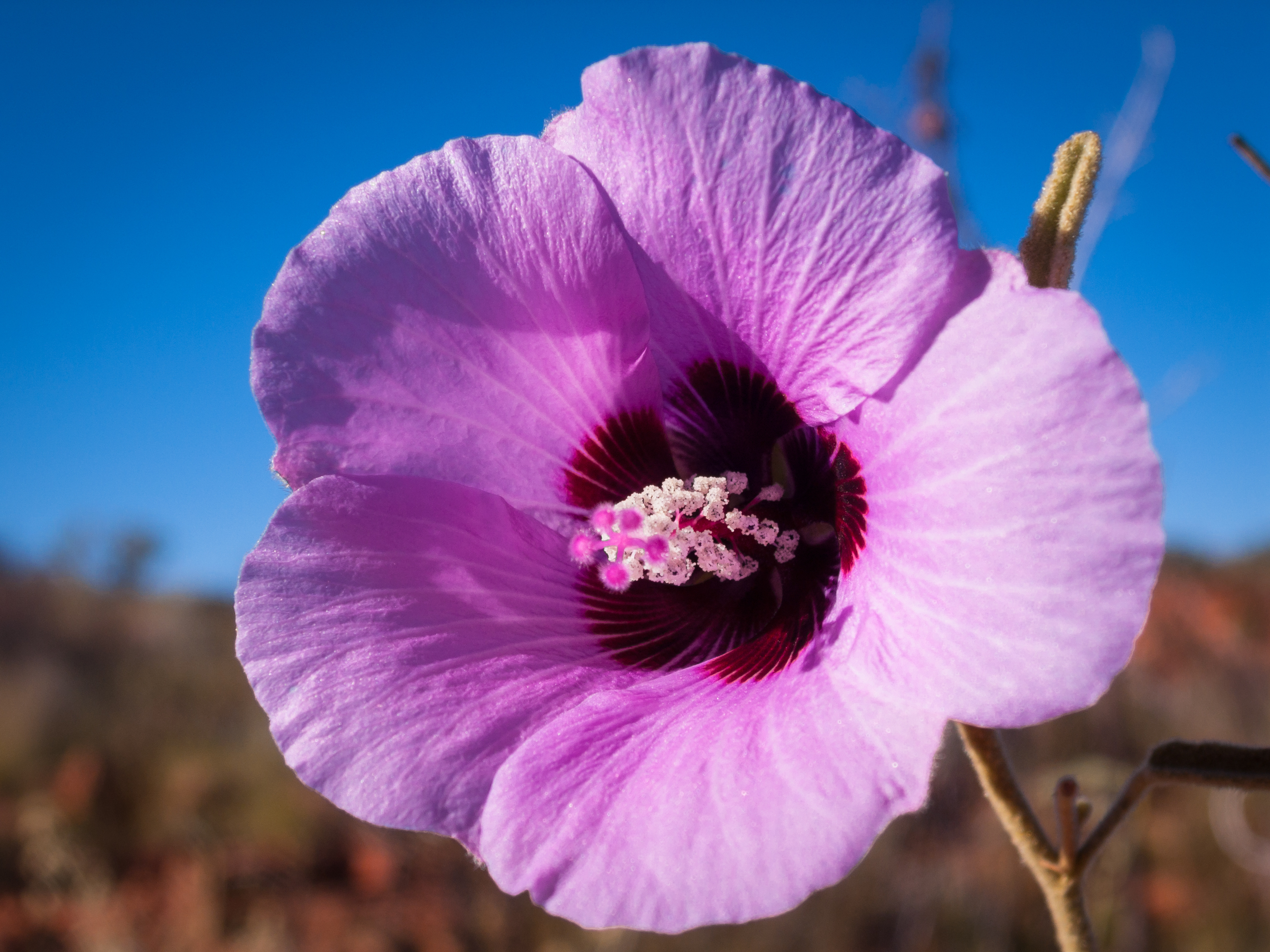
Beautiful pink Australian wildflower Sturt's desert rose (Gossypium sturtianum) near Katherine in the outback Northern Territory, Australia. /VCG Photo
Sturt's desert rose is the floral emblem of Australia's Northern Territory. The plant was named in honor of Australian explorer Capt. Charles Sturt (1795-1869) who first collected the species.
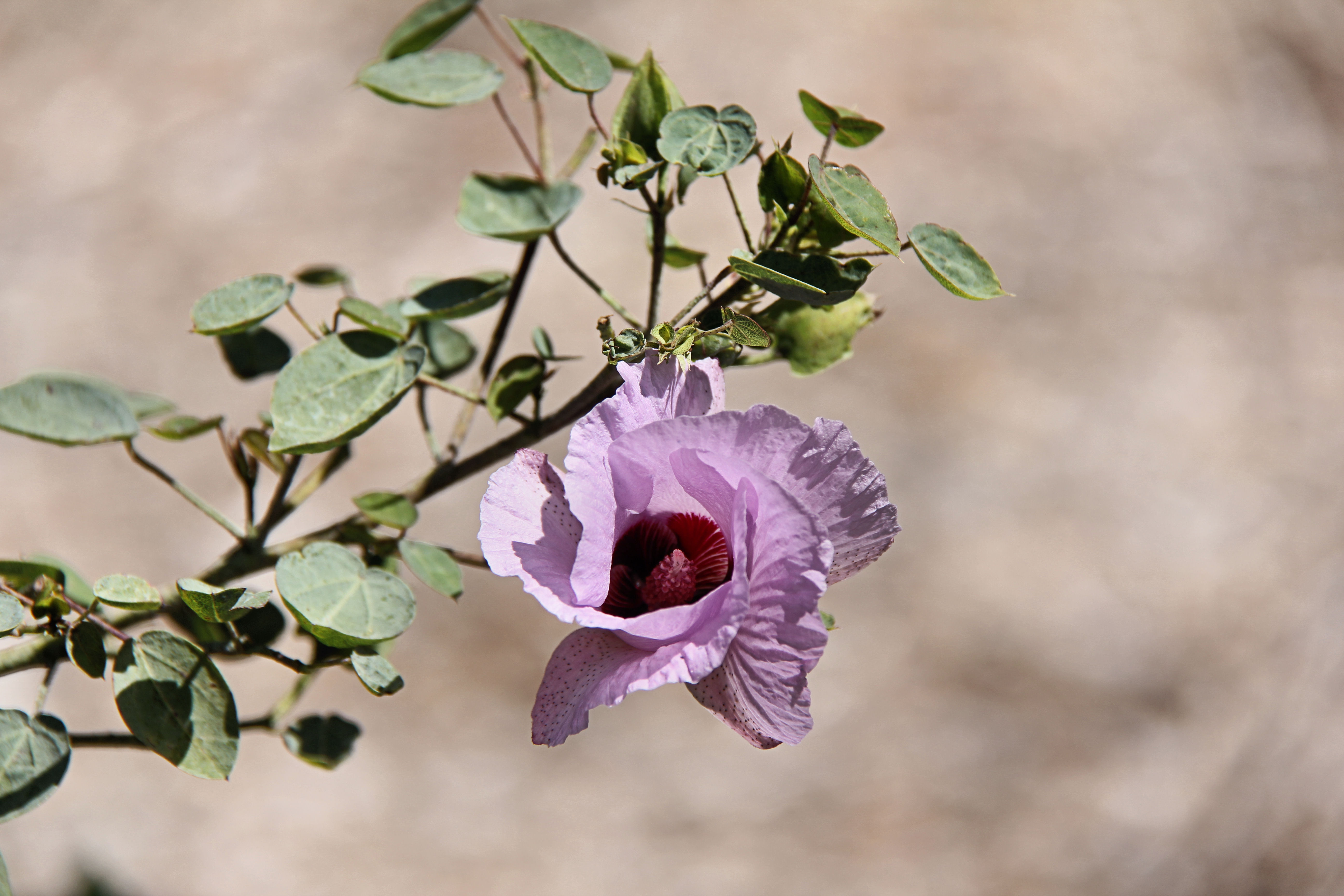
Sturt's desert rose has a life cycle of about 10 years, grows from 1–2 m tall and 1–2 m wide. The color of the petals can range from pale pink to dark purple to maroon. /VCG photo
The woody shrub is closely related to cultivated cotton, so it's also called cotton rosebush or Australian cotton. The flower is found in Northern Territory and other parts of Australia.
Wax flower
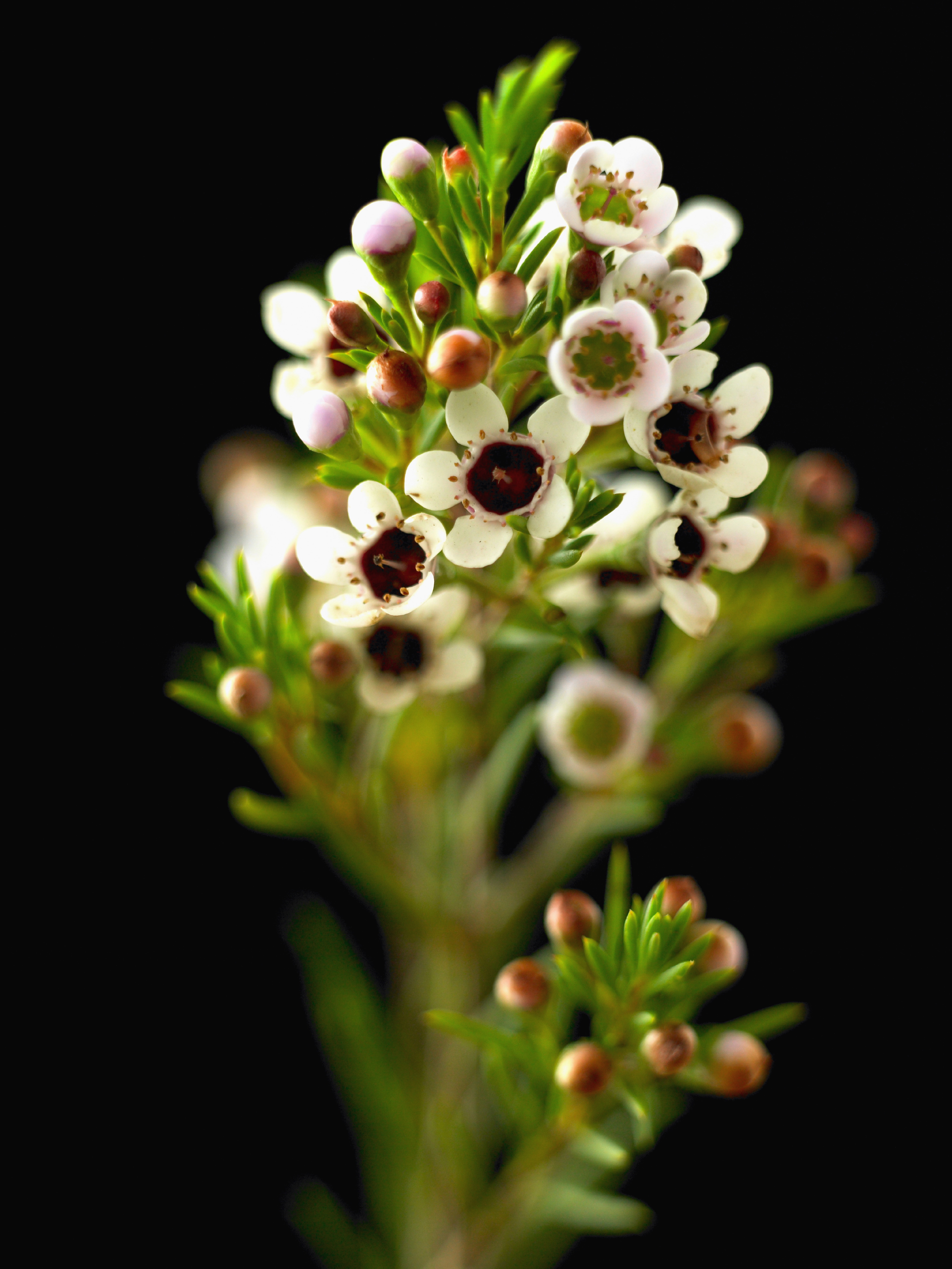
Wax flower (Chamelaucium uncinatum). /VCG photo
Wax flower is one of Australia's most popular cut flowers and has been exported to other countries. People love its longevity as its vase life usually can last for almost three weeks. The flower, which has a sweet appearance and fragrance, is native to Western Australia.
The petals of the flower are slightly waxy, where it gets its name. Wax flower usually blooms in late winter and early spring and can withstand various weather conditions as it's very hardy.
About 'Plants & Nations'
"Plants & Nations" is a series of articles and pictures about common plants in the world. It serves as a guide to beautiful plants from different countries.
For more articles of the series, you can check:
(Top image via VCG)
(If you want to contribute and have specific expertise, please contact us at nature@cgtn.com.)

Copyright © 2018 CGTN. Beijing ICP prepared NO.16065310-3
Copyright © 2018 CGTN. Beijing ICP prepared NO.16065310-3